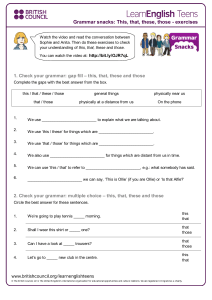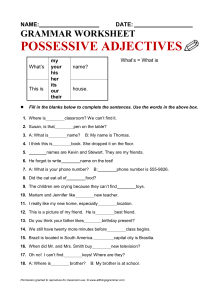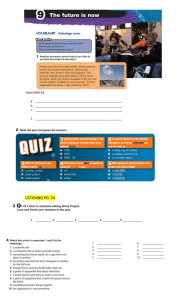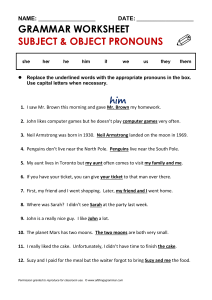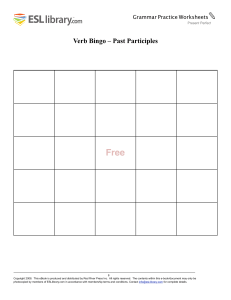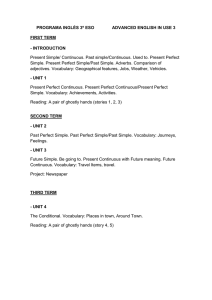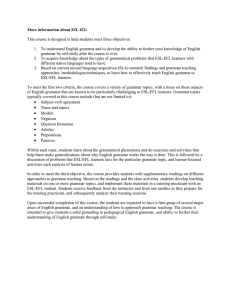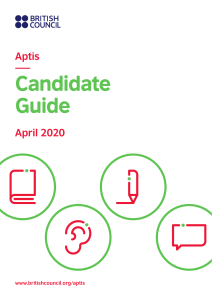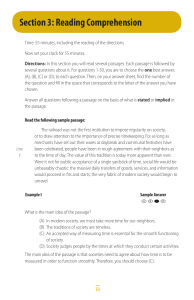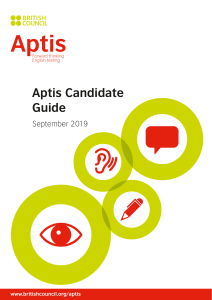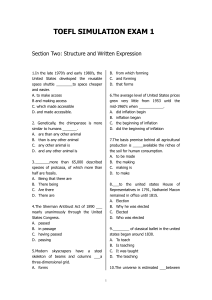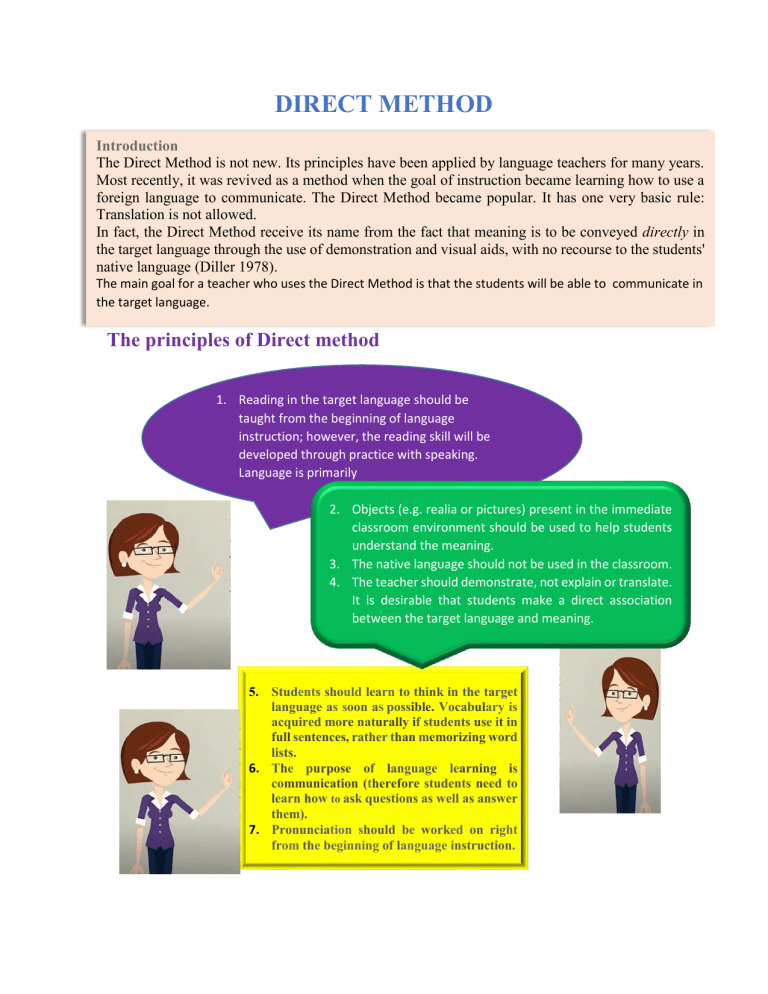
DIRECT METHOD Introduction The Direct Method is not new. Its principles have been applied by language teachers for many years. Most recently, it was revived as a method when the goal of instruction became learning how to use a foreign language to communicate. The Direct Method became popular. It has one very basic rule: Translation is not allowed. In fact, the Direct Method receive its name from the fact that meaning is to be conveyed directly in the target language through the use of demonstration and visual aids, with no recourse to the students' native language (Diller 1978). The main goal for a teacher who uses the Direct Method is that the students will be able to communicate in the target language. The principles of Direct method 1. Reading in the target language should be taught from the beginning of language instruction; however, the reading skill will be developed through practice with speaking. Language is primarily speech. Culture consists of more 2. Objects (e.g. realia or pictures) present in the immediate classroom environment should be used to help students than the fine arts (e.g. the students understand the meaning. study geograph and cultura l 3. They native language should not be used in the classroom. 4. The teacher should demonstrate, not explain or translate. attitudes). It is desirable that students make a direct association between the target language and meaning. 5. Students should learn to think in the target language as soon aS possible. Vocabulary is acquired more naturally if students use it in full sentences, rather than memorizing word lists. 6. The purpose of language learning is communication (therefore students need to learn how to ask questions as well as answer them). 7. Pronunciation should be worked on right from the beginning of language instruction. 8. Self-correction facilitates language learning. 9. Lessons should contain some conversational activity- some opportunity for students to use language in real contexts. Students should be encouraged to speak as much as possible. 10. Grammar should be taught inductively. There may never be an explicit grammar rule given. 11. Writing is an important skill, to be developed from the beginning of language instruction. 12. The syllabus is based Oil situations or topics, nor usually on linguistic structures. 13. Learning another language also involves learning how speakers of that language live. Techniques 1. Reading aloud Students take turns reading sections of a passage, play, or dialog out loud. At the end of each student's turn, the teacher uses gestures pictures, realia, examples, or other means to make the meaning of the section clear. 2. Question and answer exercise This exercise is conducted only in the target language. Stu dents are asked questions an d answer in full sentences so that they practice new words and grammatical structures. They have the opportunity to ask questions as well as answer them. 3. Getting students to self-correct The teacher of this class has the students self-correct by asking them to make a choice between what they said and an alternative answer he supplied. There are, however, other ways of getting students to self-correct. For example, a teacher might simply repeat what a student has just said, using a questioning voice to signal to the student that something was wrong with it. Another possibility is 1. for the teacher to repeat what the student said, stopping just before the error. The student knows that the next word was wrong. 4. Conversation practice The teacher asks students a number of questions in the target language, which the students have to understand to be a ble to answer correctly. In the class observed, the teacher asked individual students quest ions about themselves. The questions contained a particular grammar structure. Later, the students were able to ask each other their own questions using the same grammatical structure. 5. Fill -ln-the-blank exercise This technique has already been discussed in the Grammar-Translation Method, but differs in its application in the Direct Method. All the items are in the target language; furthermore, no explicit grammar rule would be applied. The students would have induced the grammar rule they need to fill in the blanks from examples and practice with earlier parts of the lesson. 6. Dictation The teacher reads the passage three times. The first time the teacher reads it at a normal speed, while the students just listen. The second time he reads the passage phrase by phrase, pausing long enough to allow students to write down what they have heard. The last time the teacher again reads at a normal speed, and students check their work. 7. Map drawing The class included one example of a technique used to give students listening comprehension practice. The students were given a map with the geographical features unnamed. Then the teacher gave the students directions such as the following, ' Find the mountain range in the West. Write the words "Rocky Mountains" across the mountain range.' He gave instructions for all the geographical features of the United States so that students would have a completely labeled map if they followed his instructions correctly. The students then instructed the teacher to do the same thing with a map he had drawn on the board. Each student could have a turn giving the teacher instructions for finding and labeling one geographical feature. 8. Paragraph writing The teacher in this class asked the students to write a paragraph in their own words They could have done this from memory, or they could have used a reading passage. In conclusion, the students will be able to develop the four skills: listening, speaking, reading and writing, and they also develop critical thinking. The teacher has direct relationship with the students acting as a guide.
